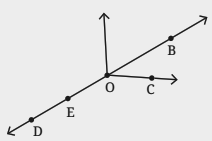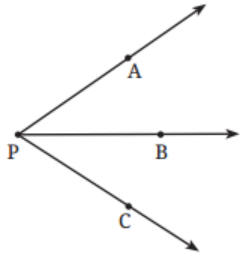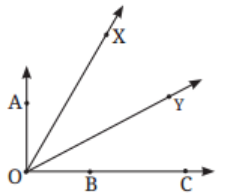Lines and Angles Class 6 Extra Questions and Answers Free PDF Download
FAQs on CBSE Important Questions for Class 6 Maths Lines and Angles - 2025-26
1. What are Class 6 Maths Chapter 2 Important Questions on Vedantu?
Vedantu’s Important Questions for Class 6 Maths Chapter 2, Lines and Angles, cover key concepts like types of angles, lines, and their properties. They help students practise and strengthen their basics in geometry effectively.
2. What topics are included in Chapter 2 - Lines and Angles Important Questions for Class 6 Maths?
Important questions for Class 6 Maths Chapter 2 cover various topics, including types of lines like parallel and perpendicular and angles such as acute, right, and obtuse. These questions reinforce understanding of these foundational concepts.
3. What topics are included in Chapter 2 - Lines and Angles Important Questions for Class 6 Maths?
Important questions for Class 6 Maths Chapter 2 cover various topics, including types of lines like parallel and perpendicular and angles such as acute, right, and obtuse. These questions reinforce understanding of these foundational concepts.
4. Can students download Class 6 Maths Chapter 2 Important Questions from Vedantu?
Yes, Vedantu provides the Important Questions for Chapter 2 as a FREE downloadable PDF. Students can access it anytime and anywhere, making it easy to revise and practice on the go.
5. Are the Important Questions for Class 6 Maths Chapter 2 helpful for daily practice?
Absolutely! Practising these questions daily helps students get comfortable with solving problems on lines and angles, ensuring they understand each concept before moving to more complex topics.
6. Do Vedantu’s Important Questions for Class 6 Chapter 2 include explanations?
Yes, each question is followed by a detailed solution, so students can understand the steps and logic required. This makes it easy for Class 6 students to learn and solve similar problems confidently.
7. Are there CBSE exam-oriented questions in Vedantu’s Important Questions for Chapter 2?
Yes, Vedantu’s Important Questions are designed keeping CBSE exams in mind, focusing on topics that commonly appear in the syllabus. This gives students an edge in understanding exam patterns.
8. Does Vedantu’s CBSE Class 6 Maths Chapter 2 Lines and Angles Important Questions include questions based on all types of angles?
Yes, Vedantu’s CBSE Class 6 Maths Chapter 2 Lines and Angles Important Questions cover all types of angles, such as acute, obtuse, right, and reflex angles. These questions help students practice identifying and working with different angles, ensuring they have a complete understanding of the chapter.
























